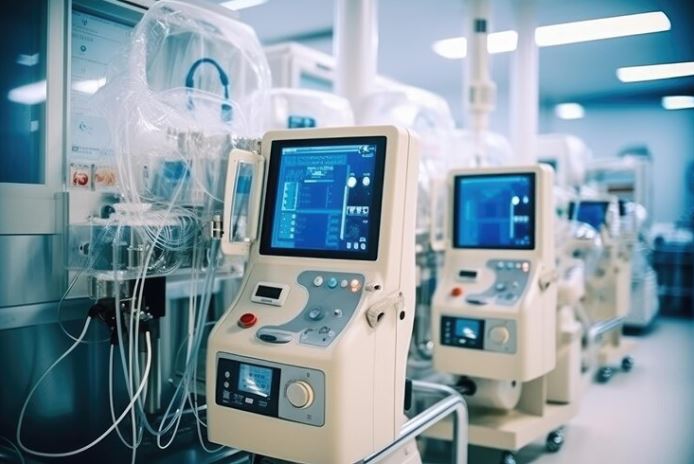
Medical ventilators are a boon for the patients and the healthcare industry. It is a life-saving tool for people suffering from acute respiratory problems. So, if a patient is unable to breathe, then it is the medical ventilator that might save the day. It allows the airflow to enter the patient’s lungs and allow them to breathe freely.
To know more about this life-saving equipment, read on.
Is the patient unable to breathe on their own? Are the patients undergoing some respiratory problems? Under such grave circumstances, the doctors use medical ventilators to save the patient’s life. The work of the ventilator is to forcefully push the air mixed with oxygen into the patient’s lungs.
Unlike other types of machines, a ventilator is a life-supporting machine generally used for patients in the intensive care units of hospitals. In simple words, the ventilators act as external lungs for the individual.
With the help of the external airflow, the patient gets oxygen inside the body and within the blood flow. This helps the patient eliminate stress and keeps the other organs working while the doctor performs the rest of the treatment.
In this process, the tube is inserted into the patient’s lung or the trachea, or a hole is made in the neck to insert the ventilator. With the help of these ventilators, the patients generally start breathing. However, in this case, the patients depend on the ventilator for breathing support.
In this process, ventilation is provided to the patient without inserting any tubes within the body. In this case, generally, a face mask or a nasal mask is placed on the nose and mouth of the patient, and the patient is allowed to breathe gradually using the same.
Ventilators are generally used for patients of all ages. You’ll find doctors using a ventilator during the surgery. Especially during general anaesthesia, a non-invasive ventilator does the job of helping patients breathe and help in air circulation within the blood.
Again, for patients who are recovering from surgery, non-invasive ventilation is a major boon. It helps them to breathe without exerting force on their lungs or other internal organs.
Contact K R Lynch & Co for the best quality medical ventilators and other surgical and medical equipment. We supply hygienic, dependable and affordable medical equipment to different hospitals.
To get an idea of our range of medical products, contact us.
113, Chittaranjan Avenue
Kolkata – 700073 (W B) INDIA
Ph: (+91) (33) 2237 2182
(+91) (33) 2234 8296
Fax: (+91) (33) 2221 6250
Email : [email protected]
[email protected]
Copyright © 2019, K R LYNCH & CO. All RightsReserved. Site Design & Maintained by lnsel.